Kaminal Juyu has been described as one of the greatest of all archaeological sites in the New World by Michael Coe, although its remains today a few mounds only, are far less impressive than other Mayan sites more frequented by tourists. This site was first reported by Alfred P. Maudsley in the late nineteenth century, but its importance was not fully recognized until the 1940's, when the first of many excavations were done there. When first mapped scientifically (by E. M. Shook over a period of decades from the 1930s on), it comprised some 200 platforms and pyramidal mounds, at least half of which were created before the end of the Preclassic period (C.E. 250). Lying inside present day Guatemala City, much of the site has been covered by serious urban sprawl, but part of it still remains mostly as mounds. Most items of interest about the site are at the museums, including the Museo Popol Vuh, but a good amount of structure and standing walls can be seen under shelters now. What remains is enclosed in a park. Some of the remaining site has been excavated. It does not make dramatic impression like Tikal does, but for the enthusiast, there is some happiness in strolling through all the mounds of this patch of greenness in Guatemala City. This site dates back possibly to the early Preclassic period (800 B.C.E.-300 C.E.), but by its end, the city was abandoned. During the Early Classic (300-600 C.E.), it became a major center and soon came under the influence of Teotihuacan and remained so until around the end of that era. The city has been described as a miniature Teotihuacán and it clearly had ties to that city so far to the north. In fact, it was again abandoned at about the same time that Teotihuacan collapsed.

Copyright &cpoy; 1999 thru 2021. All the content; content being images, statements and writing of this website including E-Book are the copyright of Freedom8.net and Walter F. Petrucci, West Hurley, New York.
All rights expressly reserved and as such, protected by U.S. and International Copyright Laws. Design by freedom8 webmaster Version8.
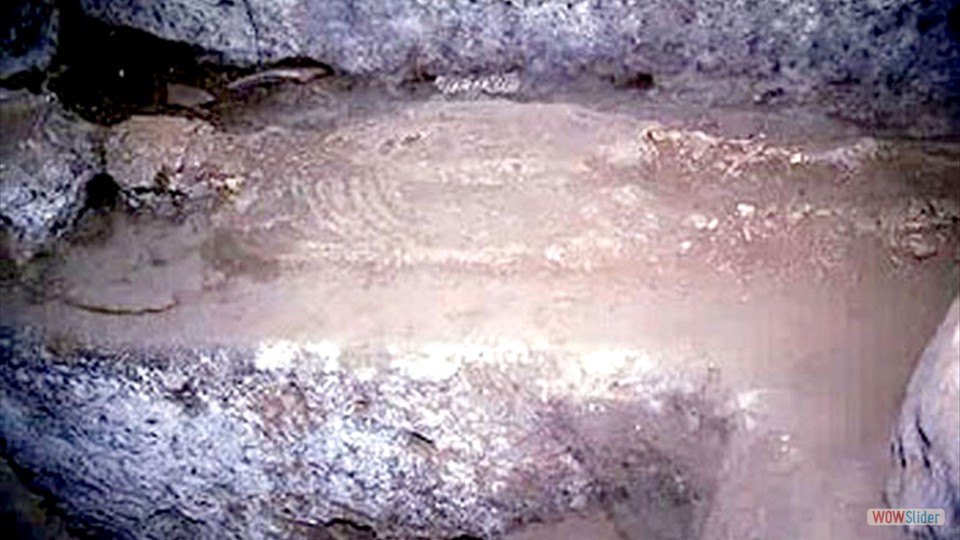
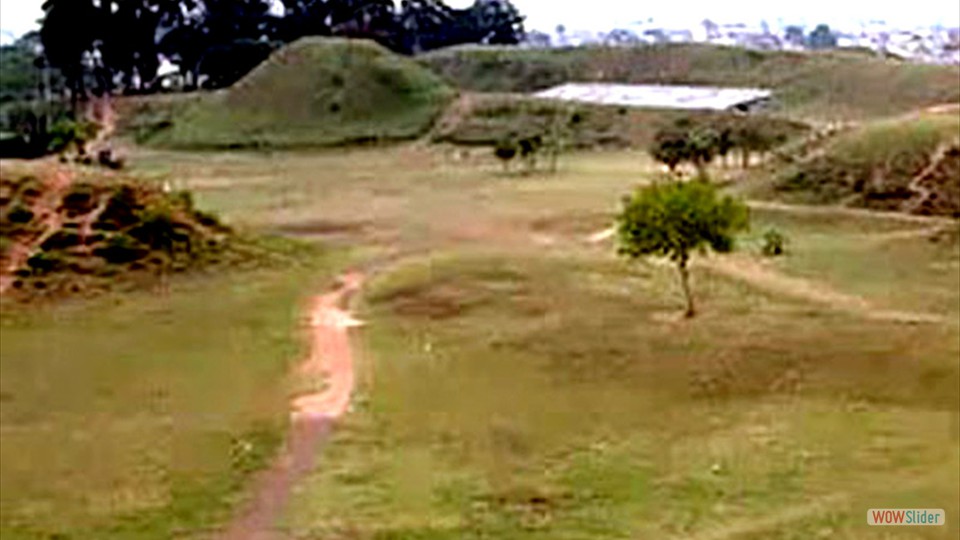
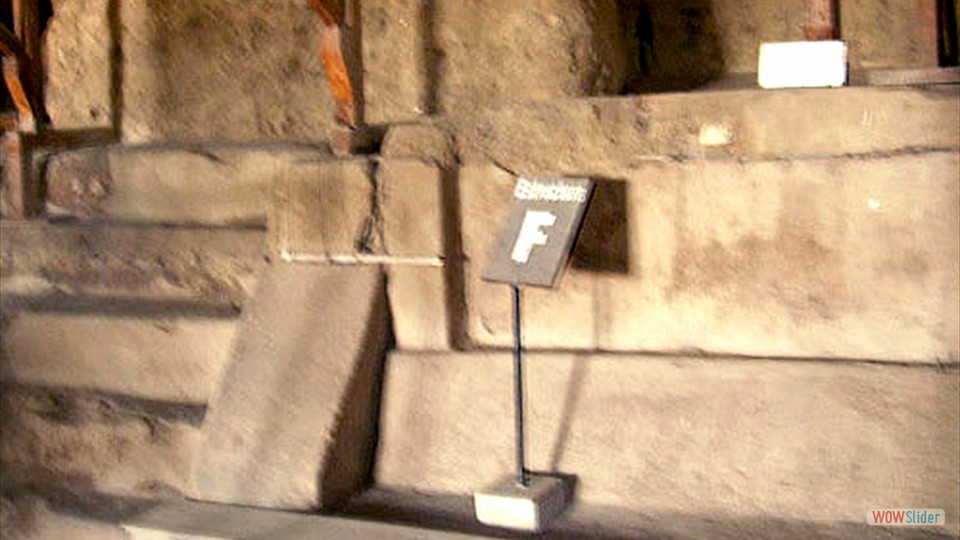
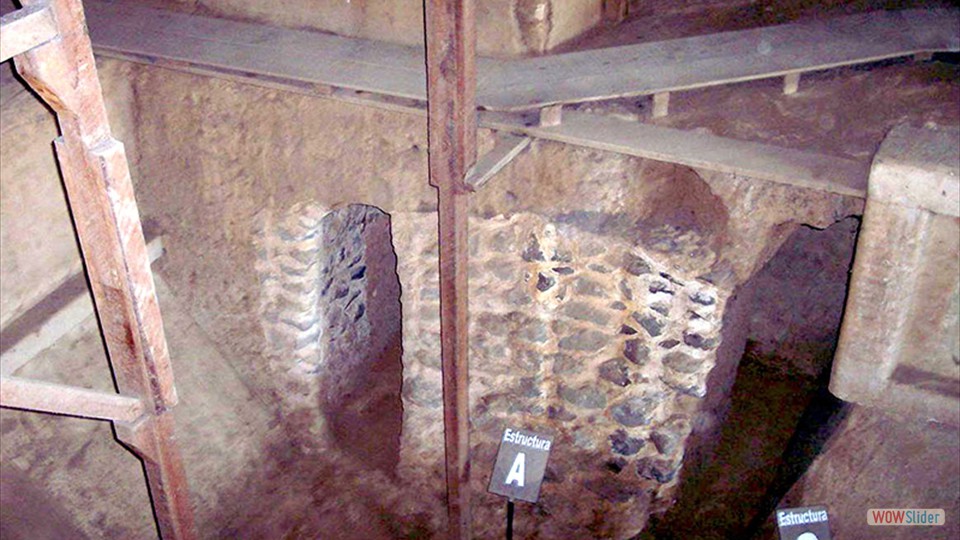
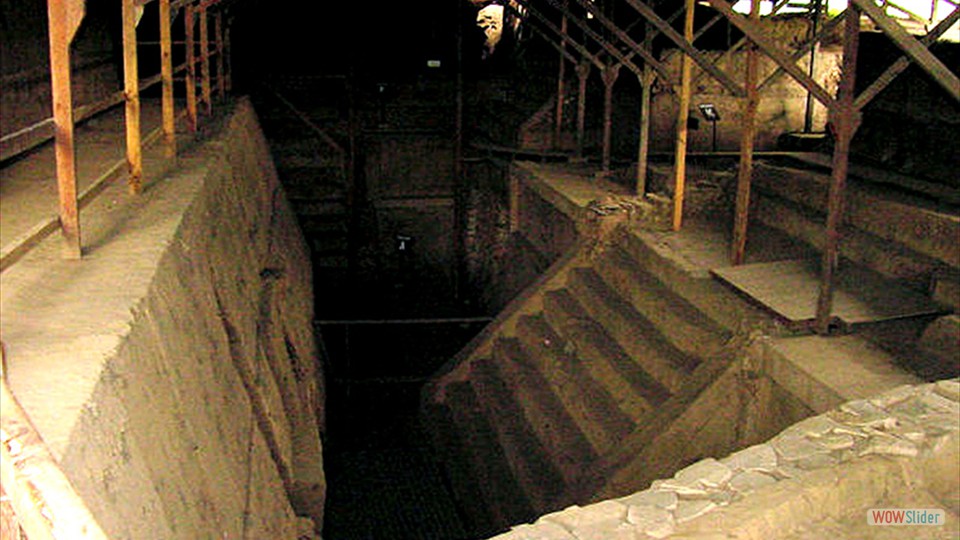

 1
1 2
2 3
3 4
4 5
5 6
6